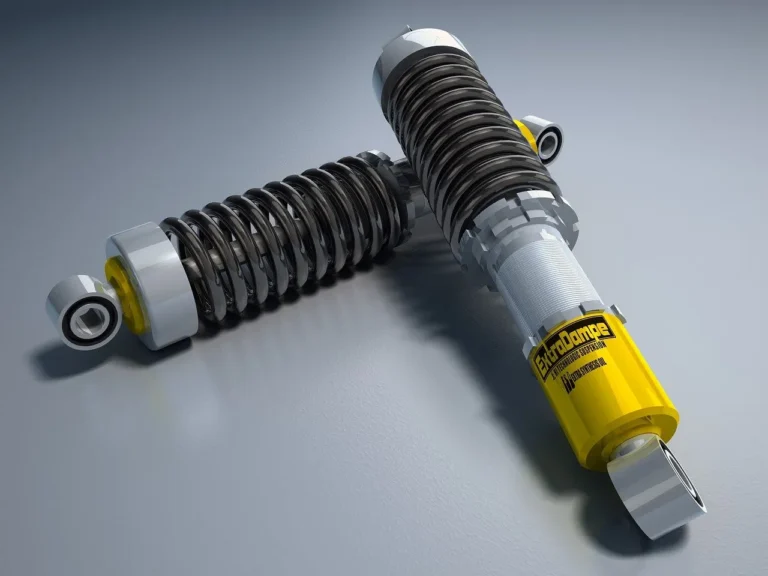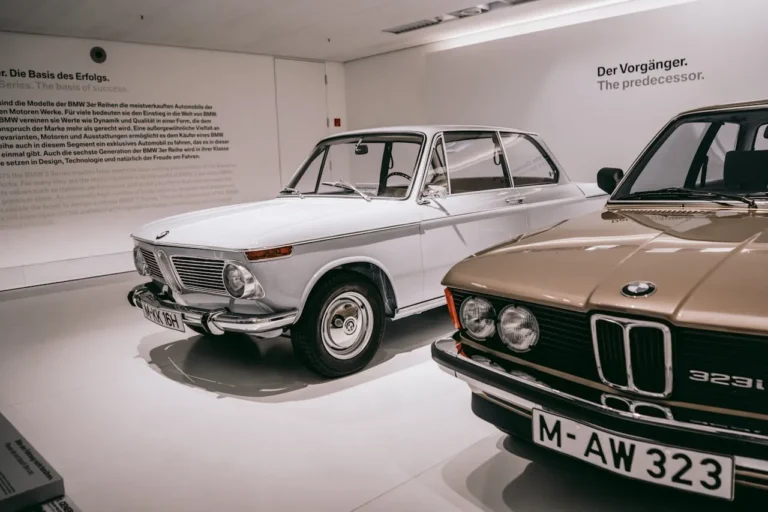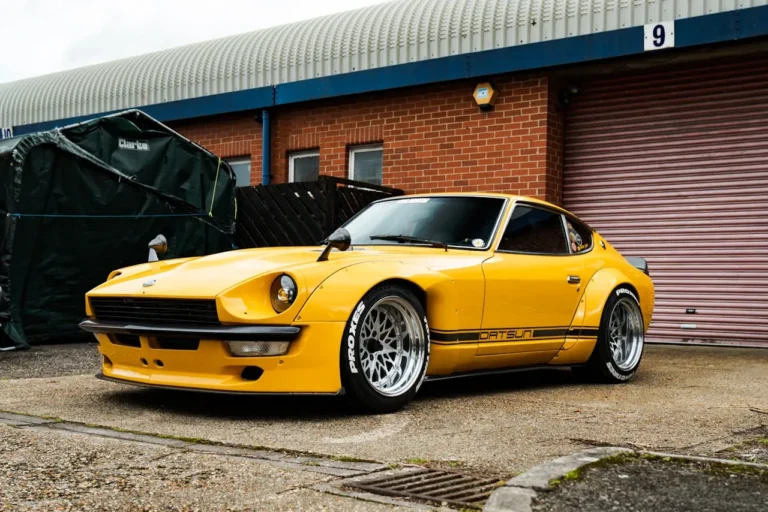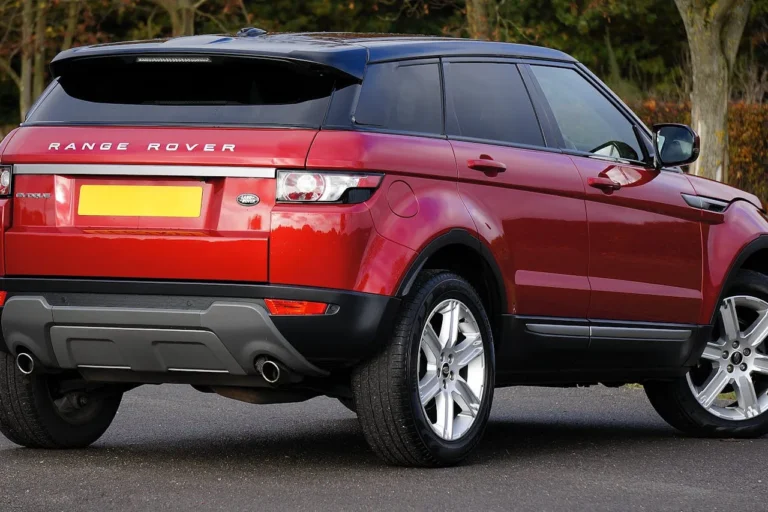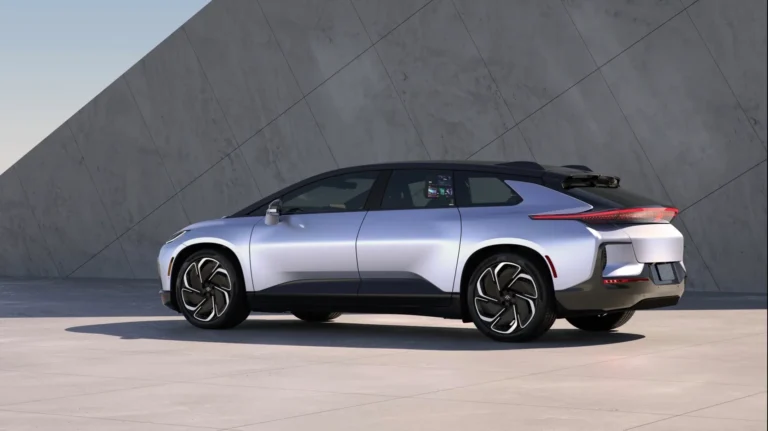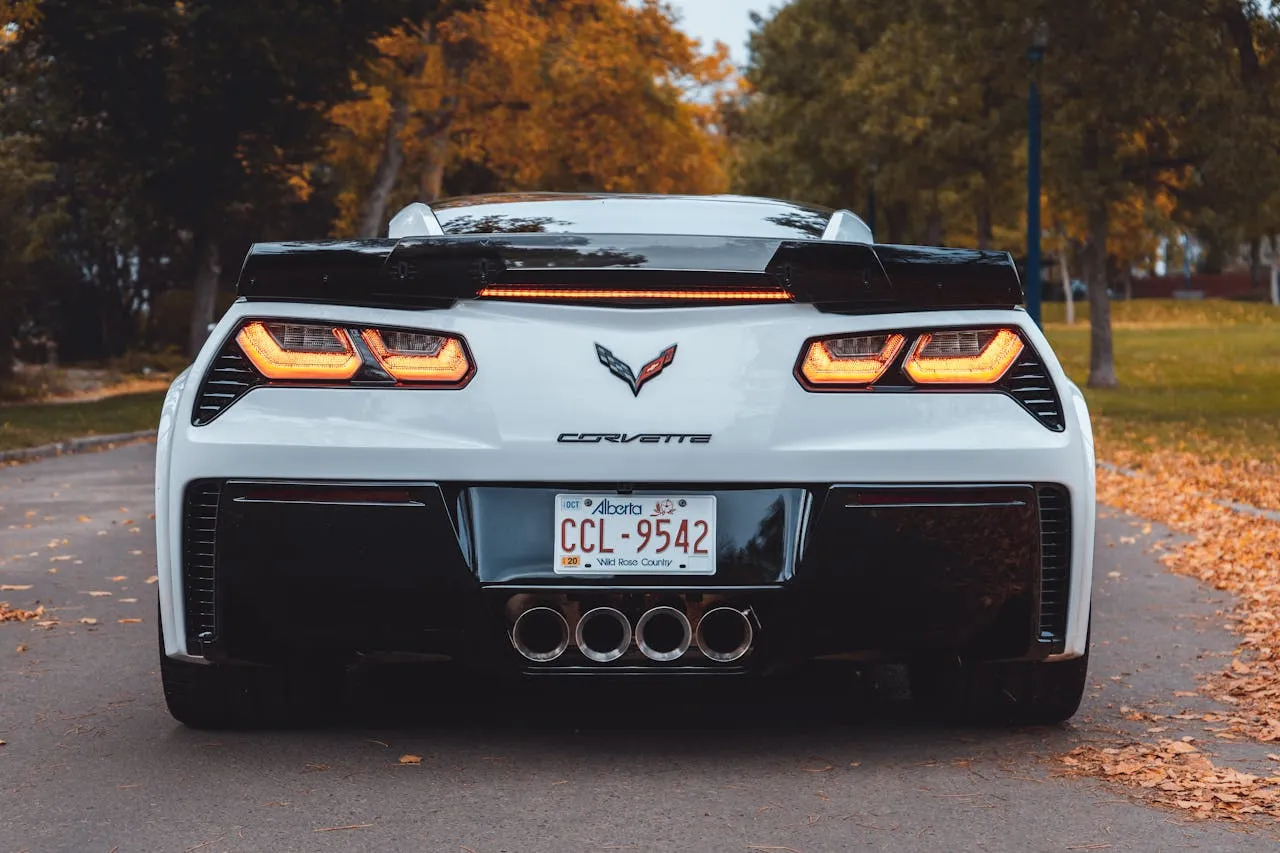
Retro Rides: How the 1953 Chevrolet Corvette Sparked an American Legend
Seventy-two years ago, General Motors rolled out a concept car that would forever reshape American automotive culture: the Chevrolet Corvette. What began as a humble experiment in affordable performance has since grown into one of the world’s most iconic sports car lineages — and the longest continuously produced passenger car in history. More than 1.9 million Corvettes have rolled off assembly lines since that fateful debut, and the legend is still accelerating.
The Corvette story isn’t just about engineering innovation; it’s about ambition, reinvention, and America’s fascination with speed.
Where It All Began: Motorama 1953
The Corvette made its first public appearance on January 17, 1953, at General Motors’ Motorama auto show inside the elegant Waldorf-Astoria hotel in New York City. Motorama was GM’s traveling spectacle, part trade show and part futuristic fantasy, touring from 1949 to 1961 with dazzling concept cars and cutting-edge design experiments.
After the New York premiere, the 1953 Motorama tour hit Miami, Chicago, Los Angeles, San Francisco, Dallas, and Kansas City. By the tour’s end, more than 4 million visitors had seen the enigmatic white roadster GM called the Corvette — a car unlike anything Chevrolet had ever made.
It looked like pure speed: a low-slung, two-seat convertible draped in sleek curves. But appearances were deceiving. Underneath that muscular exterior lay an engine more suited for a farm truck than a racetrack.
A Dream Built in Secret — and Underpowered
The Corvette was born from a covert internal project led by Harley Earl, GM’s famed head of design. Inspired by nimble European sports cars like the Jaguar XK120 and the MG TD, Earl wanted an American alternative — stylish, lightweight, and attainable.
The project was code-named “Project Opel.” Designers debated whether this mystery machine should live under Chevrolet, Buick, or even Cadillac. (Imagine an alternate universe where the Corvette carried a Cadillac badge!)
But reality hit at the engineering stage. Early prototypes used Chevrolet’s “Blue Flame” straight-six engine, derived from the 1929 “Stovebolt Six” truck motor. With 150 horsepower, a two-speed Powerglide automatic transmission, and a top speed of 108 mph, the Corvette had more bark than bite. It looked ready for Le Mans, but under the hood it was more cruising companion than corner-carver.
Still, the world didn’t know that. They only saw possibility.
Saying the Name Out Loud: How the Corvette Got Its Identity
Believe it or not, the car almost didn’t have a name. Until late 1952 — just months before unveiling — it was referred to only by internal code. The breakthrough came from Myron Scott, a member of GM’s public relations team and founder of the All-American Soap Box Derby.
After a naming contest produced more than 300 lackluster suggestions, Scott proposed “Corvette” — a term borrowed from the French naval word for a small, agile warship. It was elegant, evocative, and powerful. GM executives agreed instantly.
Fiberglass, Flint, and First Editions
Production began in mid-1953 at a temporary facility in Flint, Michigan, where workers hand-built 300 units — all virtually identical. The Corvette became the first mass-produced car with a fiberglass body, a bold move that set it apart from traditional steel-bodied cars.
Every single one was finished in “Polo White” paint with a “Sportsman Red” interior. Priced at $3,498 — roughly $42,000 in today’s dollars — it was designed as an accessible sports car, not a luxury toy.
Chevrolet proudly listed features like windshield wipers, turn signals, an electric clock, and even a heater as optional equipment. Imagine buying a roadster in Michigan and paying extra for heat!
Chevy’s general manager at the time, Thomas Keating, made a bold prediction in the launch press release:
We have built a sports car in the American tradition. It is intended to satisfy the American public’s conception of beauty, plus comfort, convenience, and performance.”
Decades later, he’d be proven right.
Lost Legends: The Tragic Fate of the First Prototypes
Own a 1953 Corvette today and you’re sitting on a six-figure treasure. But the original prototype shown at Motorama? It met a fiery end — literally.
After the tour wrapped, GM repurposed the chassis for the Chevy Nomad station wagon prototype, which later entered production. As for the Corvette body, it was sent to GM’s Milford Proving Grounds, where engineers set it on fire to test fiberglass flammability. Another pre-production unit toured car shows before being broken down for scrap.
The first Corvettes weren’t preserved like priceless relics — they were treated like lab equipment.
Evolution of an American Superstar
Thankfully, public enthusiasm grew quickly. In 1954, Chevrolet added a second color — blue. By 1956, the Corvette finally gained the V8 engine it deserved. In 1963, the iconic Sting Ray coupe arrived with its split rear window, cementing Corvette as a true performance contender.
From there, it became a status symbol. By its 60th anniversary in 2013, GM officials called it “the car of choice for movie stars, musicians, and astronauts.” (Fun fact: nearly every NASA astronaut in the 1960s either owned or was gifted a Corvette.)
The Corvette Today: Faster Than Ever
Fast forward to today and the Corvette is no longer just fast — it’s ferocious.
From the base Corvette Stingray to the monstrous ZR1X, the lineup has entered true supercar territory. Earlier this year, a ZR1X driven by Chevy engineer Drew Catrell set the fastest lap ever recorded by a non-professional driver at Germany’s Nürburgring.
That same model now rockets from 0–60 mph in under two seconds — a number that would’ve sounded like science fiction in 1953.
And in 2023, GM President Mark Reuss reportedly piloted a Corvette ZR1 to 233 mph — the fastest speed ever recorded by any production car under $1 million.
If Harley Earl were alive today, he’d be grinning ear to ear.
From Underdog to Icon
The first Corvette wasn’t perfect. It wasn’t even particularly powerful. But it was a statement — a promise that America could build a sports car with style, personality, and ambition.
Seventy-two years later, that promise has been kept — and then some.
The Corvette is no longer just a car. It’s a cultural constant. A symbol of speed, freedom, and evolution. From fiberglass experimental to record-breaking supercar, its journey is still unfolding.
And just like the open road before it, there’s still a whole lot of highway left.



